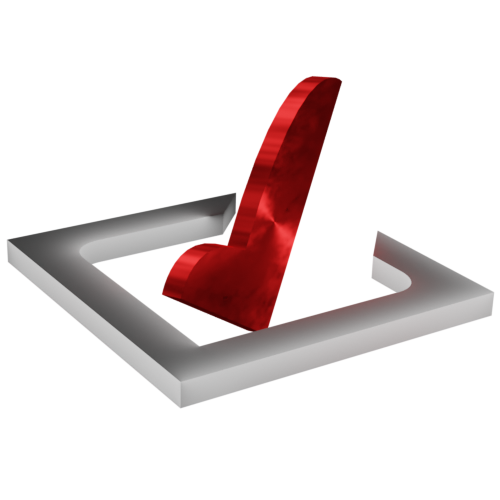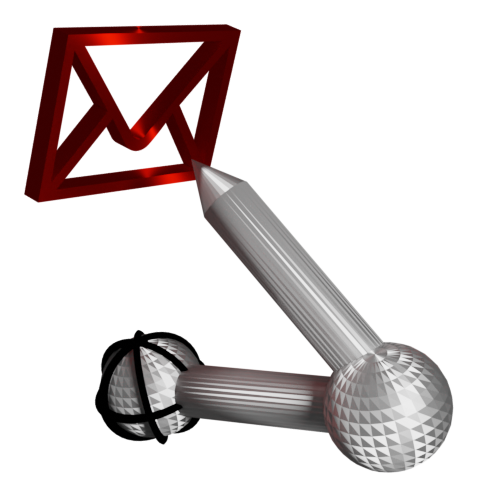AyMINE – Technical documentation
Modules
 Task, project & quality management
Task, project & quality management
Manager approval with the task report
Why some data can't be deleted
Adminitration of areas, projects, calendars
Region / project / methodology
Change management process in a project
GDPR and record of qualifications
Qualification of user or contact
Right to Manage Qualifications
Failure Analysis for an Individual Property of a Component or Process
FMEA – Probability of Detection
FMEA – Probability of Occurrence
 Task, project & quality management
Task, project & quality management
Administration of the Task Management Module
System rights for the task management module
Methodology and Quality Management systems
What a methodology / QMS consists of
Collaborative Resolution of Multiple Problems
Customer Service Response Generation
Incident and Quality Issue Management
Objects affected by the problem
Problems, Incidents, Helpdesk Tickets
Return project plan by baseline
Sample tasks and methodologies of the area
Effect of the task on the right to modify the attached object
The person responsible for the task
Working procedure – task definition
 Contacts and directories module (CRM)
Contacts and directories module (CRM)
 Web management and automation
Web management and automation
Human resources
 Products, assets and sales
Products, assets and sales
Technical Modules
Enterprise Architect connector
System Modules
 The AyMINE Framework Module
The AyMINE Framework Module
 System Management
System Management
Additional functions with files
Copying and moving files between objects
Files (documents) linked to the object
Formatted texts in the application
Gateway settings for external messages
IMP gateway settings for email communication
Internet Call Gateway Settings
Message with the outside world
 Pocketbook
Pocketbook
Pockets are a primer on how to keep important objects organized for yourself. Pockets are a private container where you can put objects you want to keep together for whatever reason.
Example use:
Preparing important objects for meetings. You can put objects you want to have available in a pocket so you don't have to search for them when the need for them becomes apparent.
Working on requests. You can put requests (or any other objects) that you are currently working with, but that are from different projects, for example, in a private pocket. This way, you have them together for your work and putting them in your pocket does not affect other people's work.
What you can do with your pockets
You can create pockets for your own use, name them as it evaluates and put objects in them.
When a pocket stops making sense, you can easily delete it. Deleting a pocket has no effect on the objects that were in it.
Don't forget
- No one can see your pockets. This has its advantages and disadvantages. For example, no one else can find an object by the fact that it is in your pocket.
- A pocket doesn't protect an object. The fact that an object is in your pocket does not prevent someone else from changing or removing it (if they have the rights to do so). If it is important to you that no one deletes the object, you need to lock the object (not all pockets support this).
- Pockets are not meant to replace the proper organization of objects. Pockets create an order that is useful to you, but you need to put objects where they belong – especially in the right area. Pockets are a tool for storing current information, not a long-term archive. This is also why the pocketbook is limited in size – you can create up to 30 pockets but no more.